Lai Chau is a province with a large population of ethnic minorities. In the colorful picture of 20 ethnic groups in Lai Chau province, the Ha Nhi people are known for their rich and diverse cultural identity, especially folk songs and dances. To preserve and promote that culture, the province has implemented many solutions to contribute to improving the spiritual and material life of the people.
The graceful and soft dance of Ha Nhi ethnic women reflects production activities such as gathering and picking fruit - (Illustration photo).
Dance is an indispensable or inseparable form of cultural and artistic activity in the spiritual life of the Ha Nhi people. The Ha Nhi people often dance on occasions of community cultural activities such as festivals, New Year's holidays, harvest prayers, weddings, housewarmings or on beautiful moonlit nights... The folk dances of the Ha Nhi people include: weaving dance, production dance, gong dance, conical hat dance, moon-watching dance, and xoe dance. The xoe season of the Ha Nhi people has been passed down through many generations and is often performed during the Ha Nhi New Year's holidays or at weddings. The xoe circle dance is a dance that is widely participated in by all classes. In the xoe circle, sometimes the boys and girls express their private gestures with their partners: gradually moving into the middle of the circle, then dancing affectionately in the middle of the circle and then slowly separating back to the original position of the xoe circle. In the xoe dance, there is a combination of musical instruments such as gongs, drums, cymbals, water pipes... which adds to the richness and uniqueness of the Ha Nhi xoe dance.
Xoe dance takes place on New Year's evenings at the house of the village's drum and gong keeper (or a house with a large yard). It starts with two combined dances: drum dance and gong drum dance. Drum dance is a dance for men, often performed during the harvest festival. The drum dance movements have the meaning of praying for the first thunder of the year, that year will have a bumper crop of rice. The villagers have a peaceful life. The round drum is also a symbol of heaven and earth, beating the drum signals the joy of a good harvest, the joy of the winner. The drum dance of the Ha Nhi people is very unique, there are two styles: dance with one drum and dance with many drums. With one drum, the drum is placed in the middle of a large field, when dancing, the boys go around the drum using their elbows, shoulders, knees, heels and hitting the drum's surface hard, creating fast, strong, energetic rhythms and the rhythm is always changing spontaneously. As for the dance with many drums, the dance group consists of 6 to 8 people. Each person has a drum used to describe the process from reclaiming wasteland to building a village to planting and harvesting crops.
Drum and gong dance: The drum and gong dance is a ritual dance, usually performed on the occasion of the New Year, wishing the villagers and the homeowner a prosperous business, a peaceful village, and the growth of all things. When coming to wish a happy new year at a family, a drum and gong dance will be held right at the house, the dance team will include both men and women, both the host and the guests. When the drum beat of the host's house sounds, the dance team will start the movement of bending their arms up and bringing them together in front of their stomachs, their legs will slightly step forward and start rotating from the left 3 times, then rotate back 3 times to the right. The arms and legs dance together in the same rhythm, when rotating to one side, that leg will open an aperture of about 10-12 cm in coordination with the two arms. Just like that, the dance team forms a circle, following the drum and gong beat, happily wishing the homeowner a happy new year, wishing the family business more luck and development than the previous year.
While dancing and drinking wine, when drunk, people dance the gong. The gong dance is a collective dance of men and women. Accordingly, men and women combine in a circle to the beat of the gong drum, holding a bronze gong in their hands to catch fish. This movement both simulates the search for food and shows the harmony between heaven and earth, nature, plants and humans. When dancing, the dance team steps facing in a circle from left to right and vice versa. The dance holding a rice basket is closely associated with the work of women, because for the Ha Nhi people, planting rice, harvesting and making rice is the main job of women. When dancing, women simulate, holding a rice basket in their hands, sometimes the dancer also holds the rice basket to dance to the beat of 1-2 or the beat of 3-4. During the dance, there are stages depicting the process of sowing and harvesting rice, thanking the spirit of the rice mother, the rice god for blessing the people with rice grains to eat...
One of the folk dances, the Conical Hat Dance of the Ha Nhi people, has its own unique identity. (Illustration photo)
Hat dance, the giang hat of Ha Nhi ethnic women is not simply an item to protect from the sun and rain, but also an important prop in traditional dances of the Ha Nhi ethnic group with gentle and graceful hat dances of Ha Nhi girls.
The Ha Nhi people are also famous for their moon-watching dance, a collective dance of men and women, similar to the Xoe dance of the Thai people. When dancing, both men and women form a circle, dancing to the rhythm of the song, the movements of their arms, legs and bodies gracefully following the lyrics of the song, meaning to pray for the moon to bring light for the villagers to enjoy. This dance also attracts a large number of participants because of its communal nature, when dancing, there is no distinction between old and young, men and women, everyone is absorbed in dancing and singing happily.
To serve the dance, the Ha Nhi people use plucked and percussion instruments. The plucked instrument is the La khu - a musical instrument reserved for men. The La khu is used in many cases, accompanying folk songs, playing dances or used in solo performances. The La khu has three strings, formerly made of nylon strings, now using metal strings. Percussion instruments include drums, cymbals and a bronze gong. It is often used by the Ha Nhi people in festivals and New Year's to express collective strength with strong, steady rhythms.
These musical instruments keep the rhythm for folk dances. Some dances only need one musical instrument, but some dances combine many instruments at the same time, such as the xoè dance, which uses gongs, drums, cymbals, and water pipes.
Over the years, the discovery, preservation and promotion of traditional cultural values, the construction and discovery of new values in literature and art of ethnic minorities have always been highly valued. The Party and the State have had policies to preserve ethnic culture, from the central to local levels, in which the preservation of folk songs, dances and music of ethnic minorities associated with tourism development is one of the contents of interest. Traditional folk songs, dances and music of ethnic groups are indispensable components, contributing significantly to the formation of Vietnamese cultural identity, unique and diverse in unity, contributing to the construction and development of culture and people in ethnic minority communities.
In order to preserve, disseminate, transmit and promote the unique values of folk songs, folk dances and traditional music of ethnic minorities; raise awareness, pride and self-awareness of people in preserving and promoting traditional cultural values, Lai Chau province has issued a Plan to implement the Project "Preserving and promoting the values of folk songs, folk dances and music of ethnic minorities associated with tourism development in Lai Chau province for the period 2021-2030" (Decision No. 3404/QD-BVHTTDL dated December 22, 2021 of the Ministry of Culture, Sports and Tourism). Implement the organization, development and exploitation of typical types of tourism, suitable to the cultural characteristics of the community, expanding the economic sector to develop ethnic minority and mountainous areas. Focus on preserving and promoting the traditional folk songs, dances and music of ethnic minorities into unique cultural tourism products, contributing to promoting economic - cultural - social development in localities.
Accordingly, Ka Lang commune, Muong Te district, is home to almost 100% of the Ha Nhi people. As a commune in the border area, with difficult economic and travel conditions, and little influence from the culture of other ethnic groups, the Ha Nhi people here still preserve their beauty intact with a very rich cultural identity.
In December 2022, Muong Te district selected Ka Lang commune to establish the Ha Nhi ethnic folk song and dance club with 30 members. On that basis, the district continued to expand and develop to localities with Ha Nhi people in particular, and ethnic communities in the district in general. With the support of equipment, musical instruments, and props from the Department of Culture and Information, the Club not only collects and restores dances but also directly teaches them to local students. Thereby, it has stirred up the cultural and artistic movement, contributing to promoting traditional culture associated with the socio-economic development of Ka Lang commune.
The activities of the Ha Nhi Folk Song and Dance Club in Ka Lang Commune are very exciting. The conical hat dance is one of the cultural features chosen by the Club members to practice. After nearly 3 months of operation, the members of the Ha Nhi Folk Song and Dance Club have actively practiced, participated regularly, and enthusiastically participated in performances and exchanges at many important local and district events. In particular, many members are old but still actively participate in collecting, restoring and teaching folk songs and dances.
With the guidance and support of the district's professional agencies, the movement of practicing and performing cultural and artistic works has truly spread and entered the lives of the Ha Nhi people in Ka Lang. It can be seen that this is an effective collective activity model, contributing significantly to preserving, conserving and promoting the traditional cultural values of the Ha Nhi people in Muong Te. At the same time, it creates an important foundation for the locality to continue to replicate in many places and other ethnic groups in the area; build into specific types of cultural products, serving the goal of developing community tourism, creating sustainable sources of income for the people.
Ka Lang commune, where the Da River flows into Vietnam, has its own unique cultural features of the Ha Nhi ethnic group. The commune has also been developing Me Giong village, into a community tourism area associated with the cultural identity of the Ha Nhi ethnic group through traditional festivals such as Ho Su Cha Tet, Ga Ma Thu village worship ceremony, Rainy season Tet... along with typical dances; the activities of the mass art troupe are always exciting; in addition, the traditional handicraft products of the people are one of the strengths for the locality to develop community tourism.
The establishment of the Ha Nhi Folk Song and Dance Club preserves and conserves the cultural beauty of the Ha Nhi ethnic community, helping people understand the humanistic values and good values of each ethnic group. Thereby contributing to promoting and popularizing traditional culture in general, folk songs and dances associated with the socio-economic development of the locality, contributing to improving the quality of spiritual life of the people.
In the coming time, in order to preserve the cultural features of the Ha Nhi ethnic group in particular and other ethnic groups in the area in general, the district will implement many solutions to restore and improve the quality of traditional festivals and rituals in the daily life of ethnic groups; promote the role of artisans, village elders, village chiefs, and prestigious people in preserving and maintaining the traditional cultural beauty of each ethnic group; the district continues to improve the quality of human resources in the fields of culture and tourism, both in terms of state management, conservation work and tourism skills.
Along with that, the district sent officials in charge of culture and information, and commune cultural officials to participate in training courses, workshops, and skill development courses on cultural conservation associated with tourism to improve capacity, promote the effectiveness of conservation activities, promote good cultural identities associated with tourism development; encourage the establishment of cooperatives to produce traditional cultural products such as weaving, rattan and bamboo weaving, etc. into commercial products to serve tourists.
Source


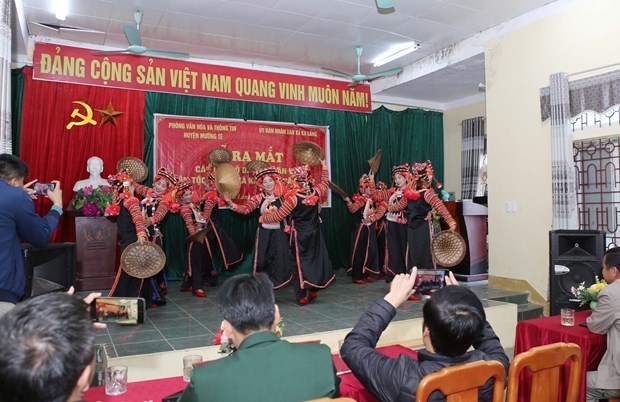
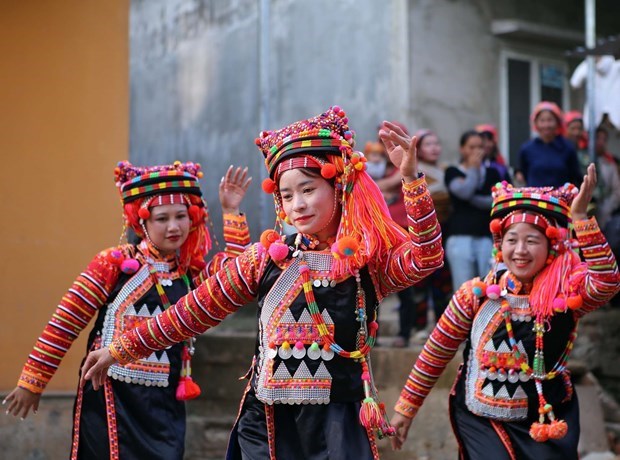
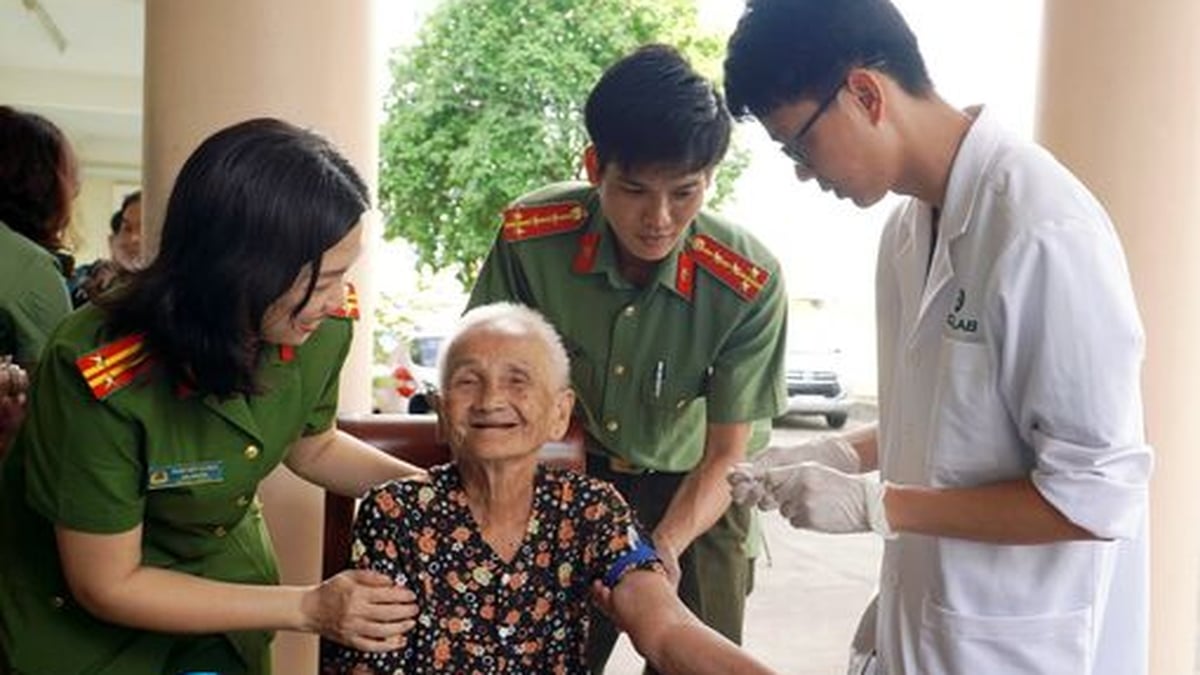
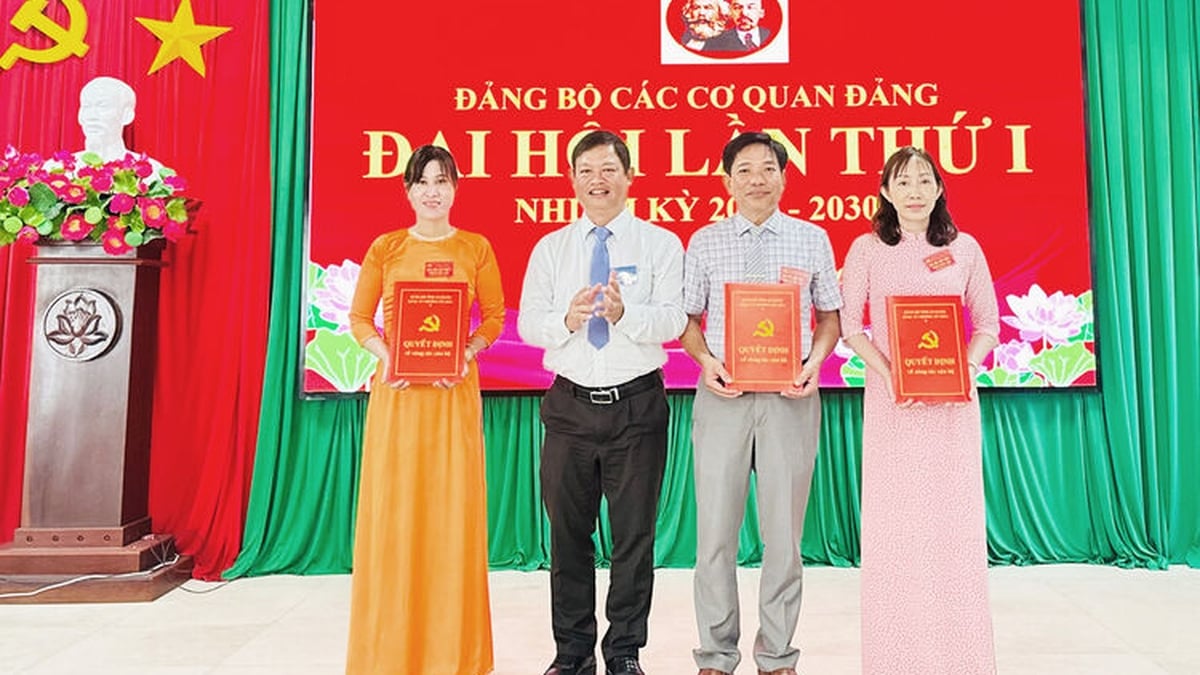

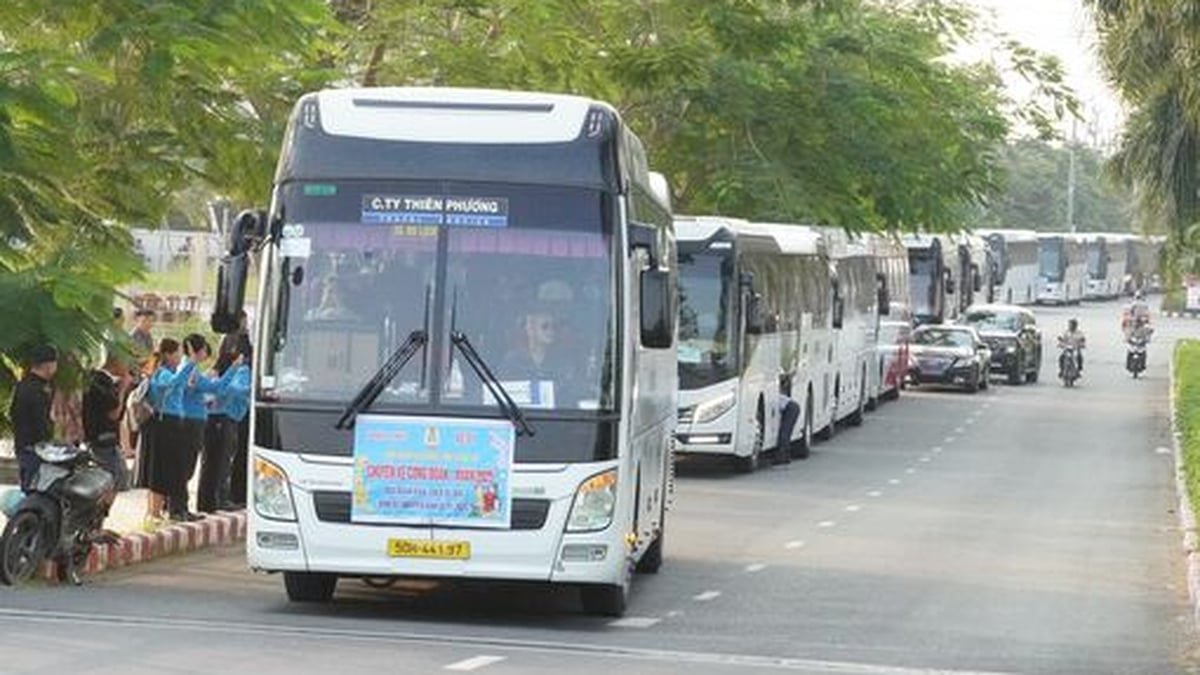
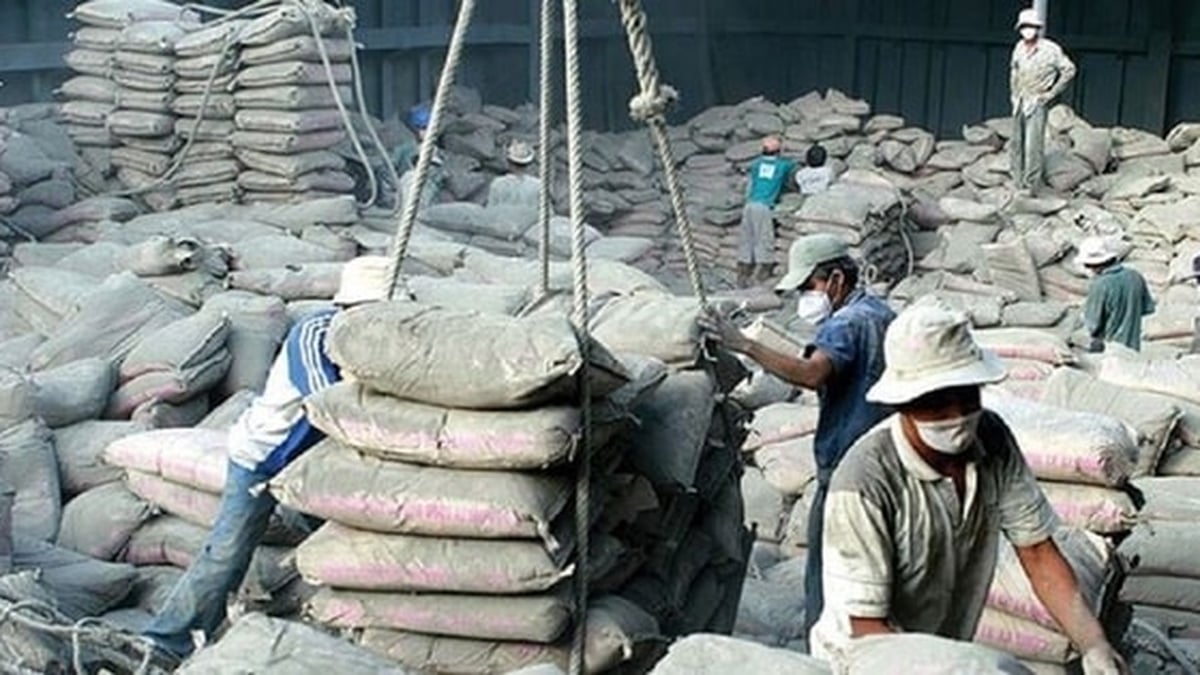
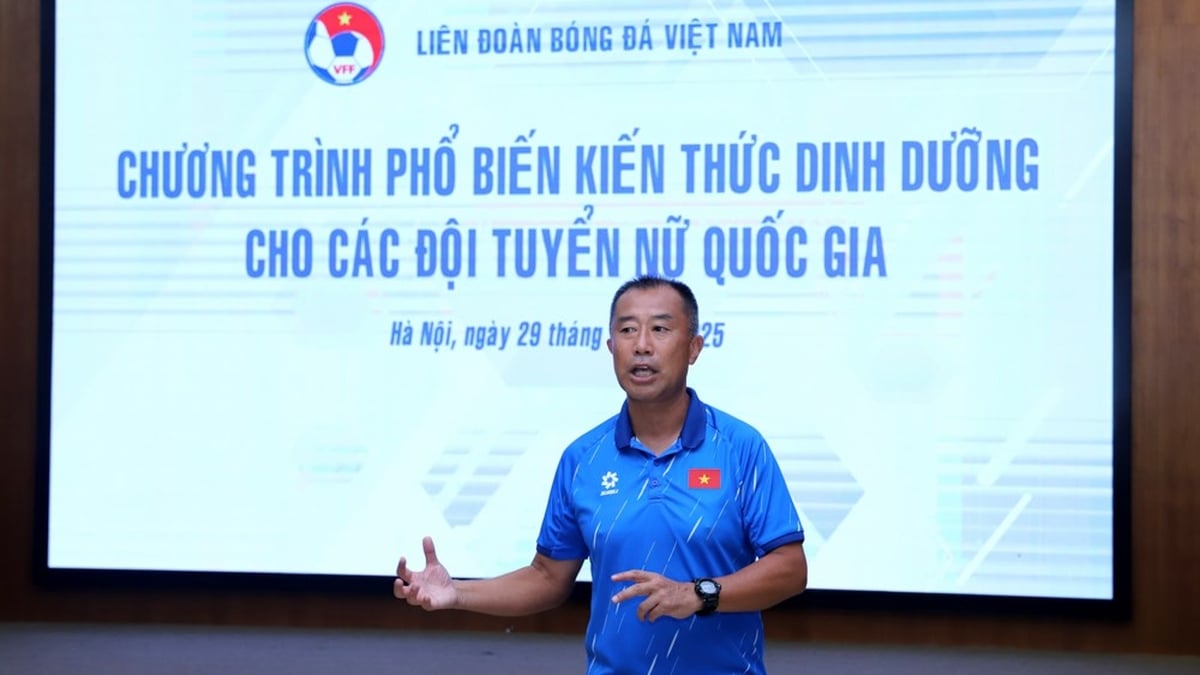
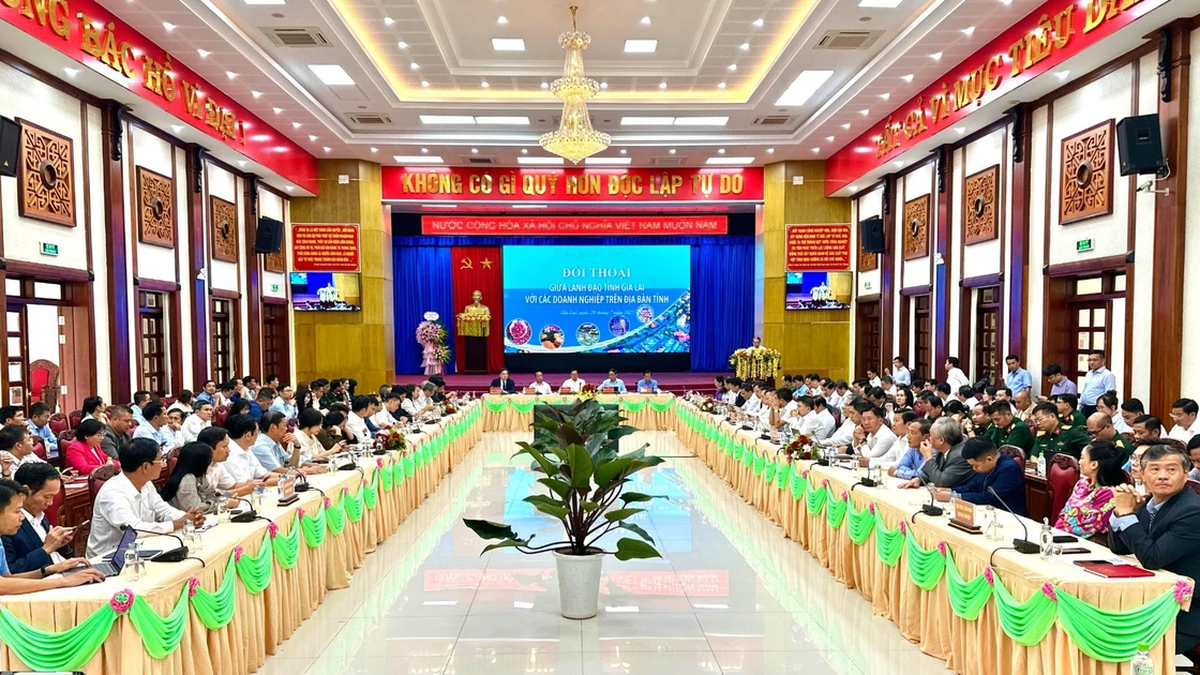



















![[Photo] National Assembly Chairman attends the seminar "Building and operating an international financial center and recommendations for Vietnam"](https://vphoto.vietnam.vn/thumb/1200x675/vietnam/resource/IMAGE/2025/7/28/76393436936e457db31ec84433289f72)























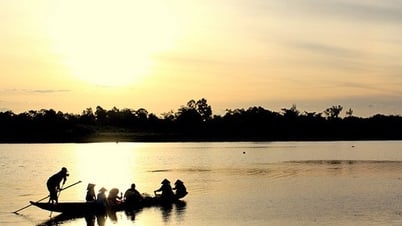











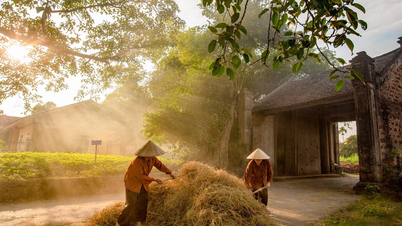





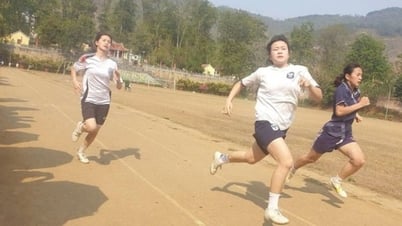


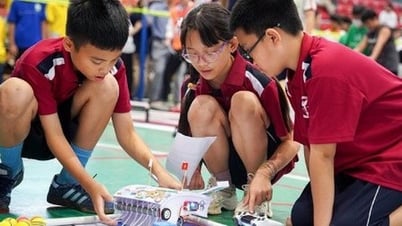

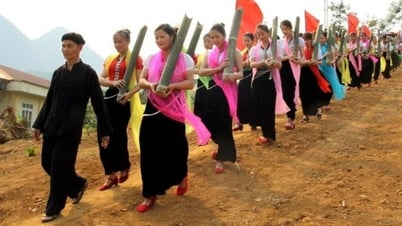
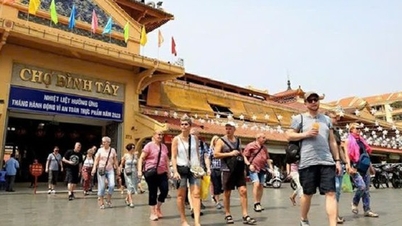




















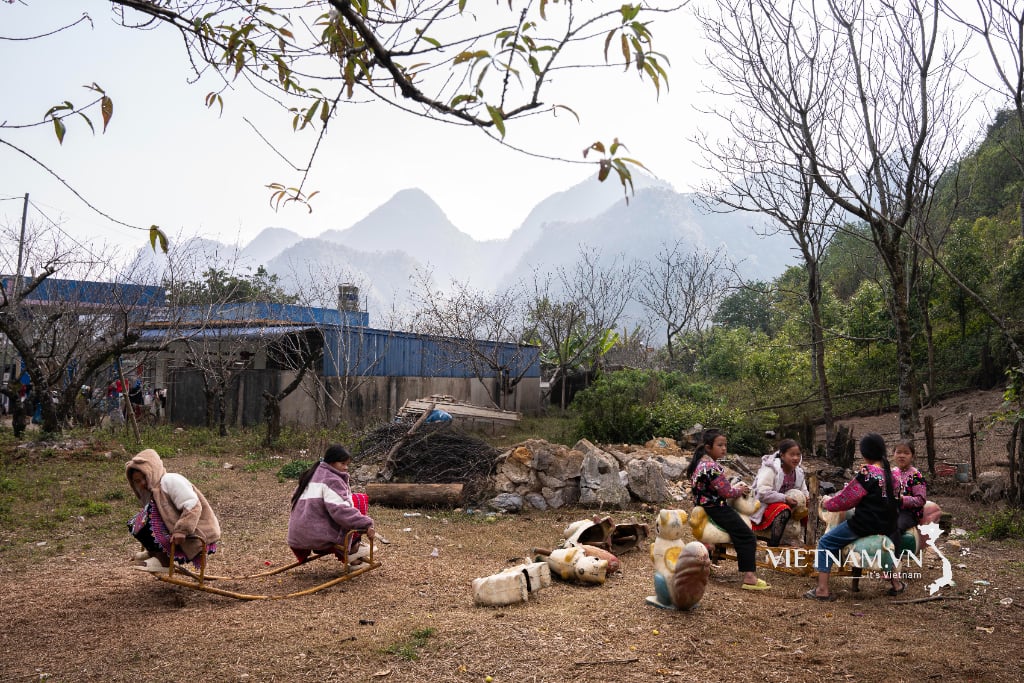


Comment (0)